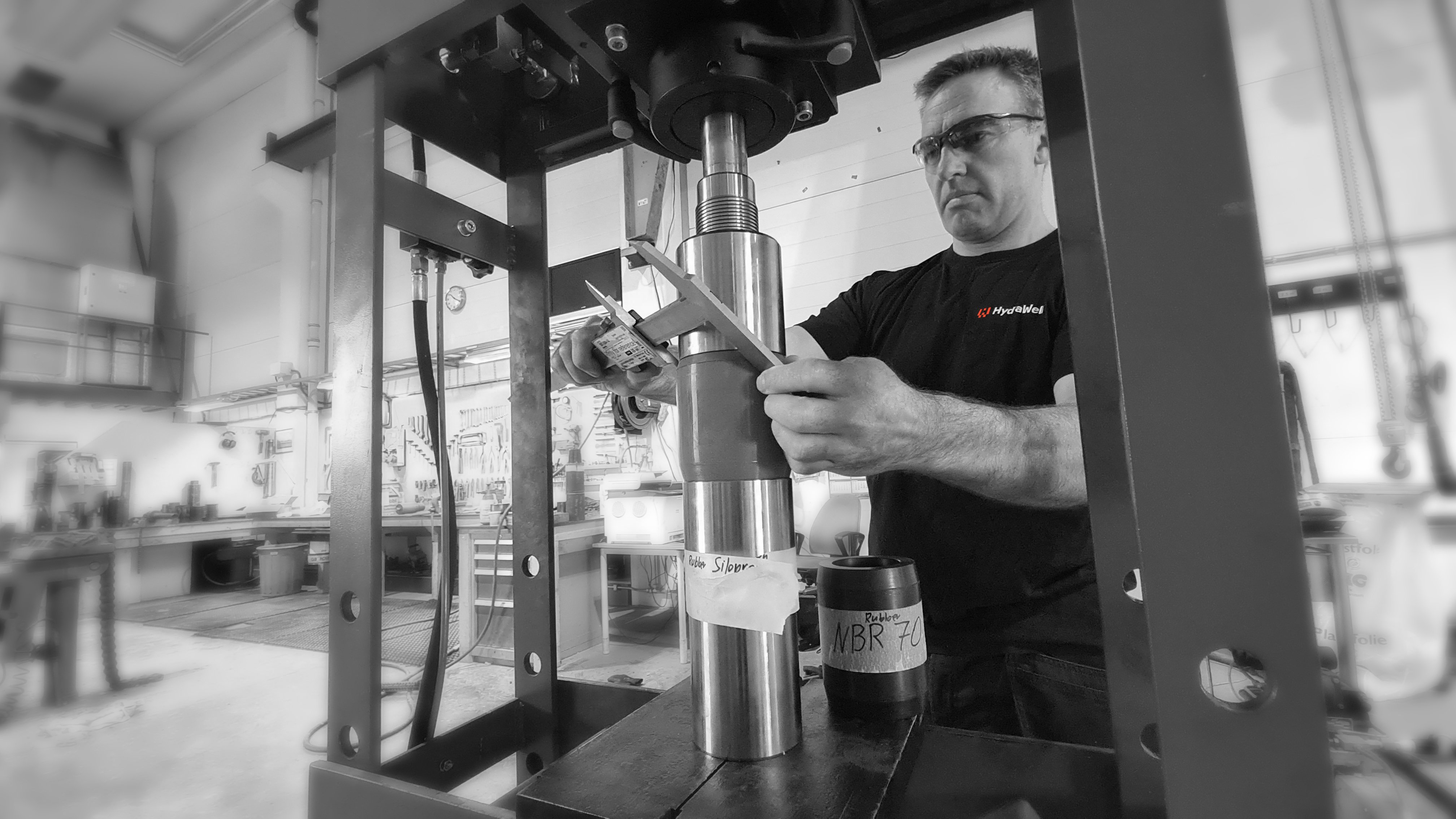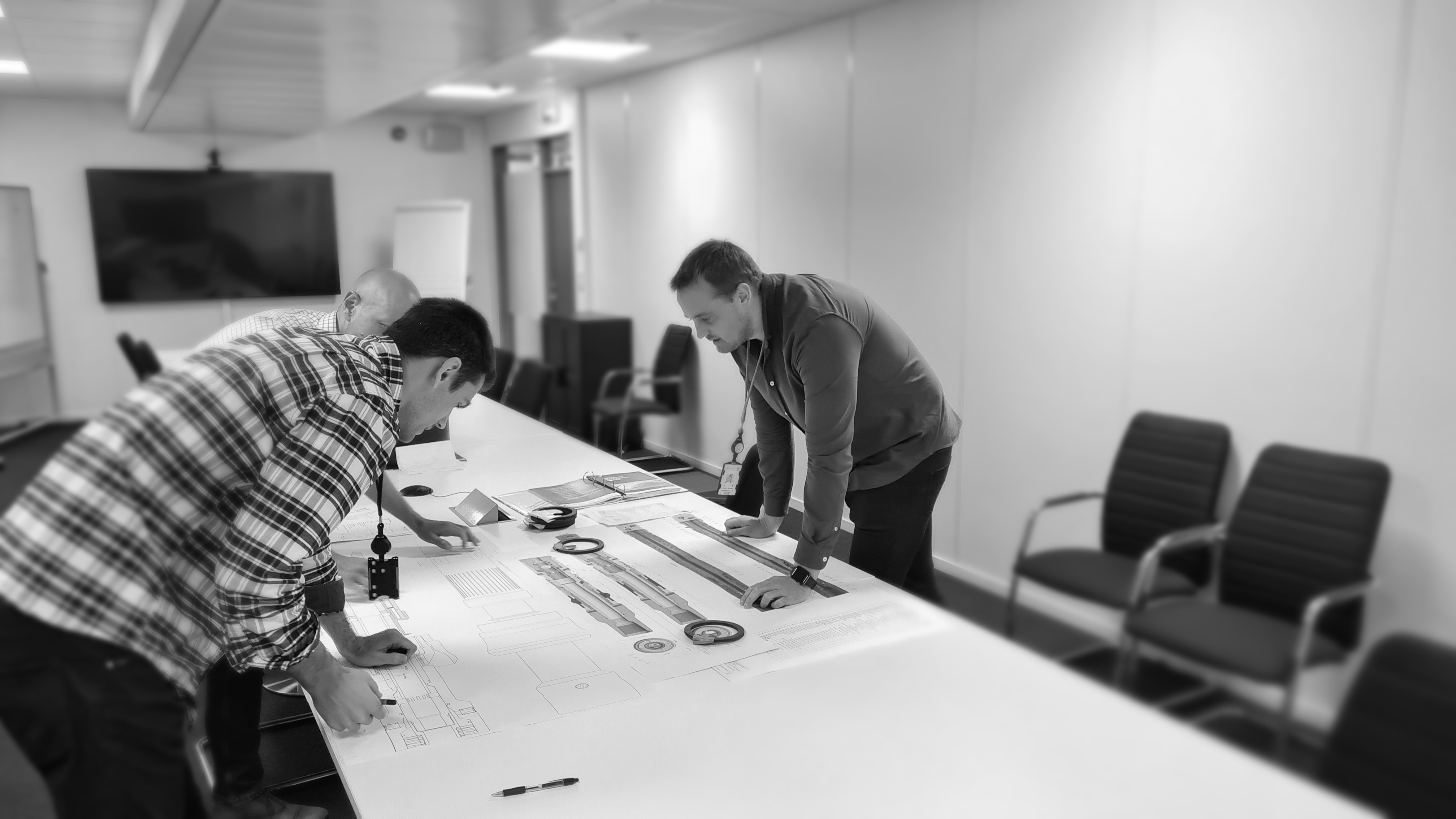Evolution of PWC®
By Stein Ivar Haukelid - November 29, 2023
They say that the best way to predict the future is to create it, and it’s an ethos we have embraced when it comes to innovation and the evolution of our portfolio writes Stein Ivar Haukelid, Technical Business Development Manager.
Throughout our history, we have worked hard to foster cutting edge solutions which keep us at the forefront of our sector – but this has always been carefully balanced with keeping the key principles of our revolutionary annular remediation method Perf-Wash-Cement (PWC®) consistently at the heart of everything we do.
The defining concept behind any system we have brought to market over the years is to wash and prepare the annulus behind a perforated section of casing to clear out debris or poor cement, before plugging the same section with cement or another plugging material, hence the Perf-Wash-Cement (PWC®) name.
The HydraWash™ cup-based, low-pressure system which we introduced to the market in 2010 replaced section milling in wells with poor or no cement in annulus between casing and formation and, whilst this isn’t part of our portfolio now, its DNA runs throughout everything that has been developed since. The legacy of HydraWash™ remains woven throughout the company’s offering more than a decade later, and formed an important base from which we were able to create the second generation PWC® system, HydraHemera™.
The high pressure, technically superior HydraHemera™ jet-washing tool was cultivated for the same applications as its predecessor but for wells with two annuli. Its first deployment took place in a single casing application where there was a slight restriction preventing the running of the full gauge cup-based HydraWash™. Such was its success that it quickly became the solution of choice in single and multiple casing applications, thanks to its enhancements offering heightened efficiency and benefits including the ability to maintain a full circulation rate, easier and more predictable operation, less pressure exerted on formation and not relying on “limited entry” to force fluid through all perforations.
A subsequent drive to increase the operational envelope and address more challenges from a growing, global customer base in turn gave rise to the HydraTyphon™ and the newly released PWC® technology specialised for coiled tubing applications; the HydraCT™.
The HydraTyphon™ was developed to attack more challenging PWC® applications with a special focus on larger casing sizes, shallower PWC® plug installations and heavier fluid environments. It also copes very well with a lower TFA (in form of less shot density and entry hole diameter perforations through the casing(s)), and thus expanding on the technical operational envelope.
As its name would suggest, HydraCT™ enables PWC® operations to be conveyed by coiled tubing or small jointed pipe thereby opening up a whole new raft of applications – whilst remaining true to its corporate heritage.
It is specifically designed for coil tubing applications with the potential to cut CO₂ emissions by 80% and reduce total cost of operations by up to 60%. The stride forward this represents in terms of eliminating the need to mobilise a rig to site is considerable and comes from an unstinting desire to do new things.
So, there really is strength in and our portfolio is testament to a strategy of creation. It has grown and evolved in new and exciting ways over the years and will continue to do so driven by a common aim of trying to contain hydrocarbons in the ground. Regardless of what direction innovation takes us in, however, both the foundations of the PWC® system and our integrity as a service provider remain unchanged, and unshakable.



